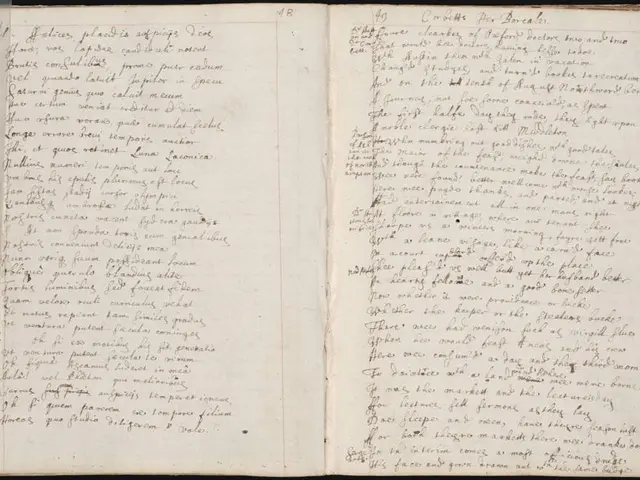Claude Couinaud's Pivotal Role in Defining Liver's Functional Lobes
The liver, a vital organ, is functionally divided into lobes based on its relationship with key structures. French surgeon and anatomist Claude Couinaud played a pivotal role in defining these lobes in the mid-20th century.
Functionally, the liver is divided into left and right lobes based on its relation to the common bile duct, hepatic portal vein, and hepatic artery proper. An imaginary plane connecting the inferior vena cava and the gallbladder fossa further divides the left lobe from the right. When viewed from the front, the falciform ligament separates the left lobe from the right. From behind, the ligamentum venosum and ligamentum teres serve this purpose.
Couinaud's work led to the Couinaud classification, which divides the liver into eight functional segments based on the branching of the liver artery, portal vein, and bile ducts. This segmentation aids in precise surgical planning and execution of liver resections. Each lobe is functionally independent, with its own blood vessels and bile ducts.
The liver's functional lobes, defined by their relationships with key structures, are crucial for understanding and treating liver diseases. Claude Couinaud's work in this field significantly advanced our understanding of liver anatomy and surgery.
Read also:
- FDA's Generic Mifepristone Approval Sparks Pro-Life Concerns Over Safety and States' Rights
- Understanding Child Development: Causes and Signs of Delays
- Pope Francis' New Book 'Let Us Dream' Offers Unity and Hope for Post-Covid World
- Stephanie Estremera Gonzalez: From Medical Assistant to Residential Manager at The Point/Arc







